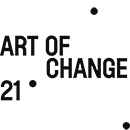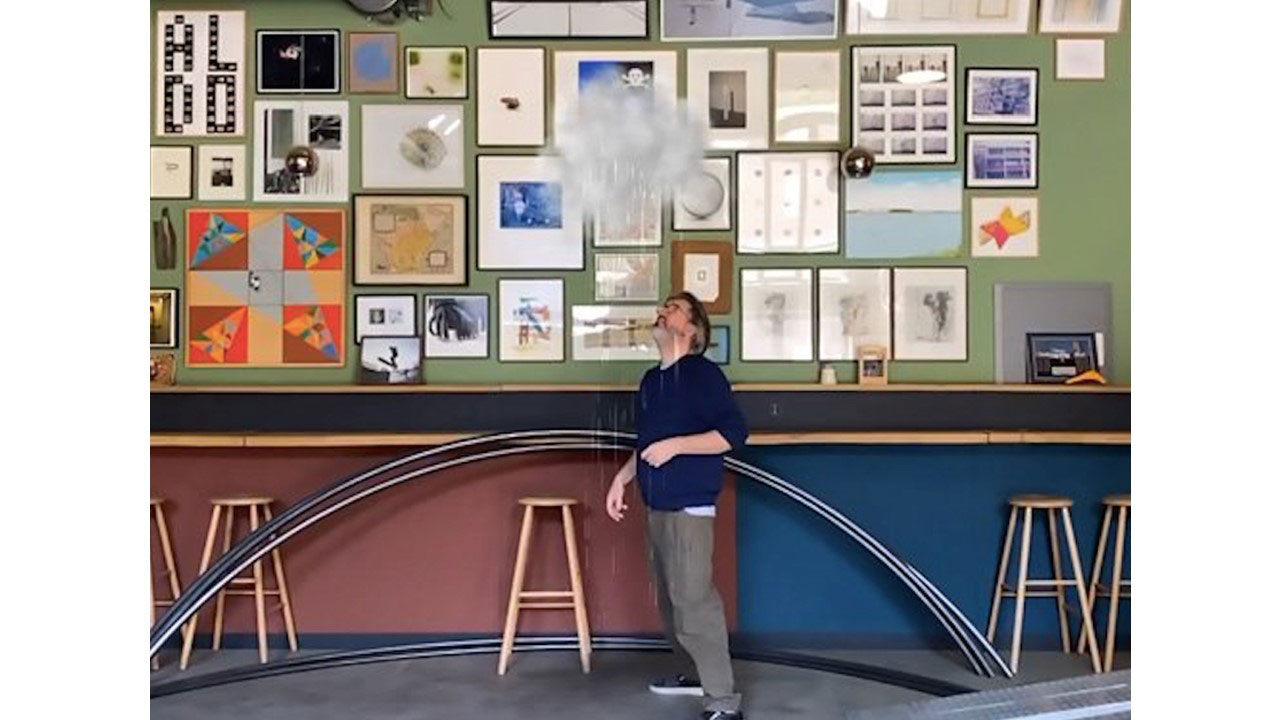The sharp slowdown in artistic activity is currently being offset by a digital effervescence that is disrupting usual hierarchies, promoting a new kind of solidarity, and offering unique and intimate access to artists. In the jungle of live videos on Instagram, mobile apps, virtual tours, augmented realities, webinars, Instagram takeovers and new # emerging on a daily basis, artists and creators committed to the environment are especially visible and active, driven by an increased awareness of a world in flux.
Olafur Eliasson is stepping up digital initiatives on the environment theme. First came his animation ‘Earth Perspectives’, launched on 22 April for Earth Day, followed by the unveiling of Wunderkammer – an augmented reality work developed with Acute Art. Then there was #WeUsedTo – the hastag inviting everyone to think about the ‘after Covid’ – as well as his many live shows, with, for example, his loyal friend Hans Ulrich Obrist, with whom he spoke of his wish to mobilise young people, precisely thanks to digital. Ai Weiwei also said during an Insta Live that the “human first” position was no longer viable in the current ecological crisis.
Social networks are embracing bold programmes: like the ‘Fantasma channel’, created by the designer duo Formafantasma, which organises weekly multidisciplinary exchanges centred around their ‘Cambio’ exhibition dedicated to trees at Serpentine galleries; or the programming of ‘Superflex presents’ films by the Superflex collective, opening up discussion about inter-species cooperation. Studio visits are also continuing online, among them: Klaus Biesenbach, director of the Museum of Contemporary Art in Los Angeles, visits (via Zoom) Camille Henrot who talks in detail about Not Clean Yet, his latest series on ecology; the French journalist and critic Romain Salomon reveals the poetical studio of Lionel Sabatté; and as for Erwin Wurm, he analyses Fat House, the art piece built on his Austrian estate as the remains of a bygone time based on the ‘always more’. Many artists are certainly starting to rethink their works in the light of the health crisis. They now seem to be rushing to be done with ‘the world before’. However, it’s obvious that those artists already committed to the ecological transition have a head start: they have been inhabiting ‘the world after’ for some time now.
Indeed ‘Thinking After’, the series of webinars organized with Sciences Po environment and the participation of Art of Change 21, zoomed in on ‘Art and Change’, convinced that while digital may not be able to replace meeting, it can at least provoke.
Studio Olafur Eliasson
Find all the articles from Impact Art News n°19 – May 2020

